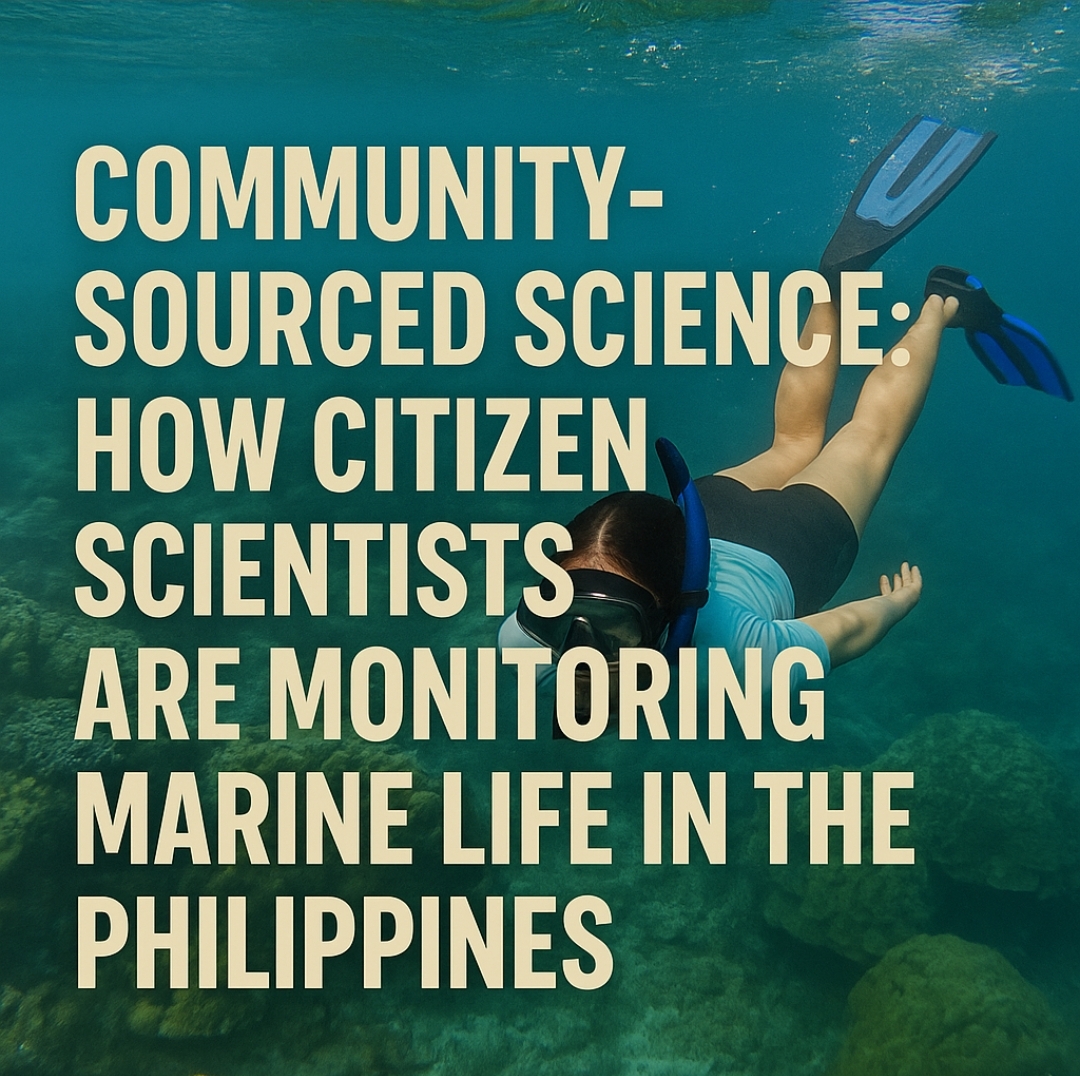With more than 7,600 islands and some of the world’s most diverse marine ecosystems, the Philippines faces both a privilege and a responsibility: protecting its underwater treasures. While marine biologists and government agencies play a role, an unexpected group of volunteers is making waves—ordinary citizens who spend their weekends counting fish, photographing coral reefs, and sending data to scientists.
Citizen science, as it’s called, empowers non‑professionals to contribute to research. Along coastal communities from Batangas to Davao, fisherfolk, divers and students are learning how to identify species and record their observations using simple tools. In Negros Occidental, members of a barangay’s Bantay Dagat (Sea Patrol) have partnered with a local university to monitor reef health. They upload photos through apps like iNaturalist and eBird Marine, tagging species and noting water temperature.
The data collected by these volunteers are more than just interesting tidbits. Scientists rely on long‑term observations to understand how climate change, pollution and overfishing are affecting marine life. For example, when a group of snorkelers in Palawan noticed a sudden decline in butterflyfish populations, researchers were alerted and conducted further surveys, leading to protective measures in that area.
Beyond data, citizen science fosters stewardship. Children who join ‘reef walks’ are taught why sea cucumbers matter for the ocean’s health, while fishermen who once harvested seahorses learn about their role in maintaining coral ecosystems. Many participants report feeling a deeper connection to their environment, and some have pursued careers in marine biology as a result.
You don’t need to be a scuba diver to get involved. Beachgoers can join coastal clean‑ups and report marine debris, while urban dwellers can support groups like the Philippine Reef and Rainforest Conservation Foundation. As technology improves, opportunities to contribute will only grow. The next time you’re near the sea, consider taking a few moments to observe and record—your curiosity could help protect the ocean for generations to come.


